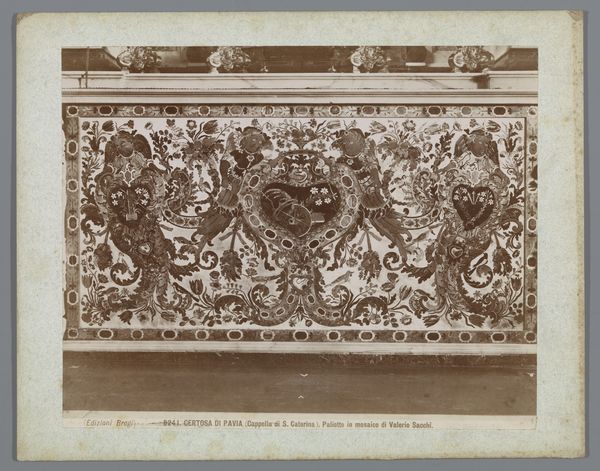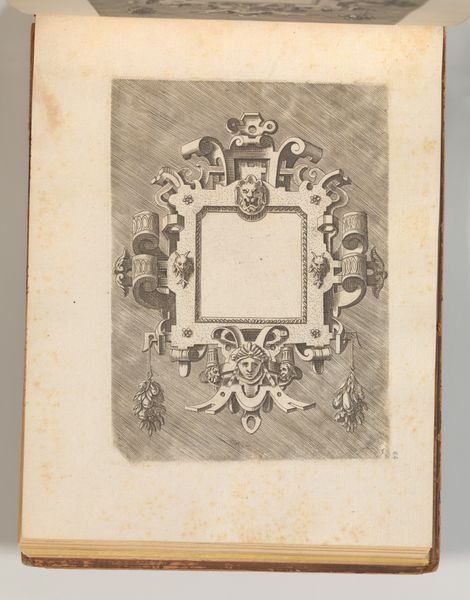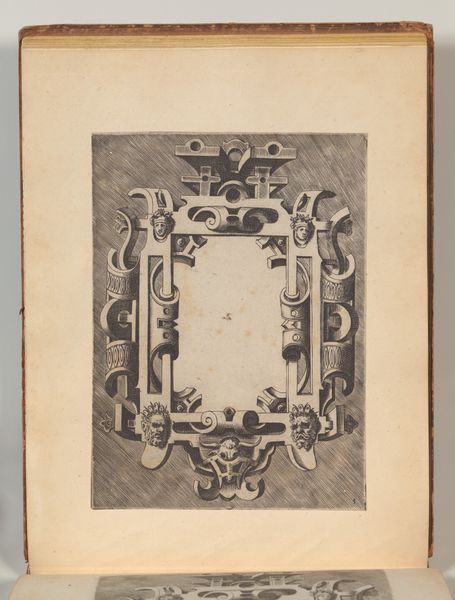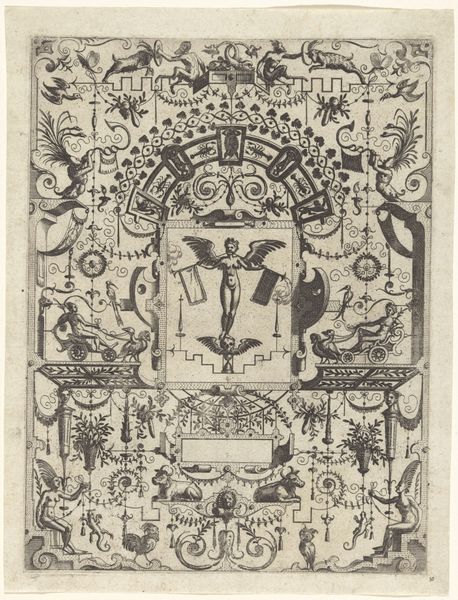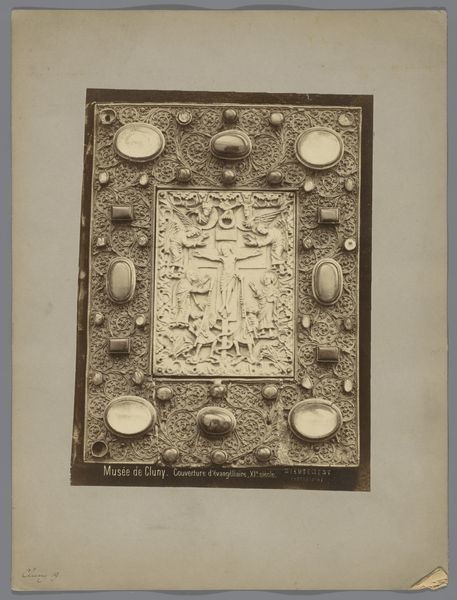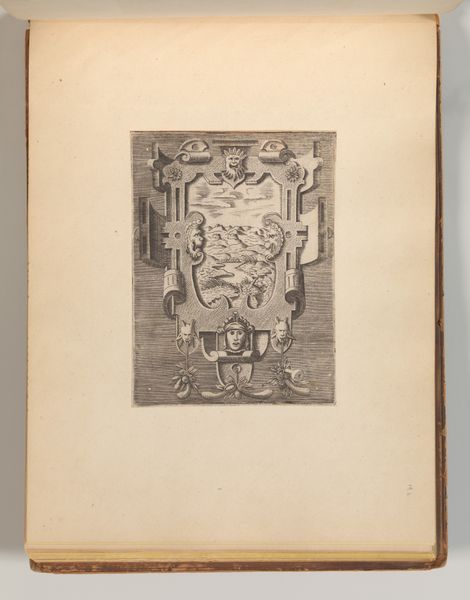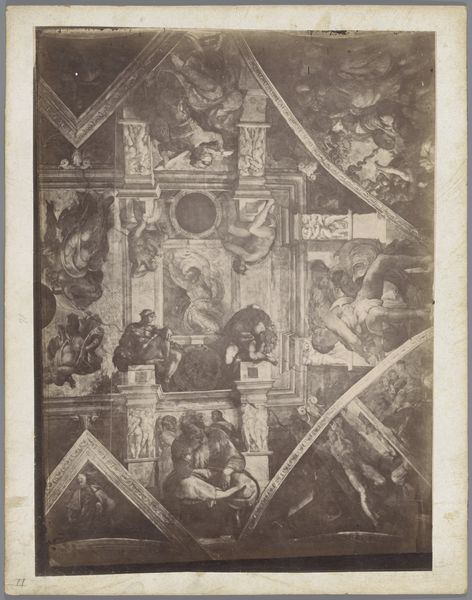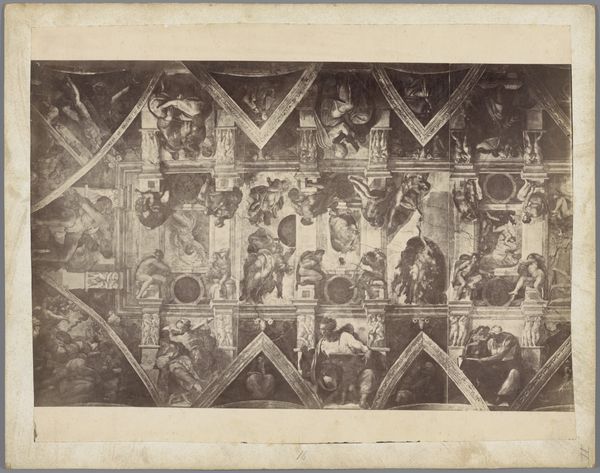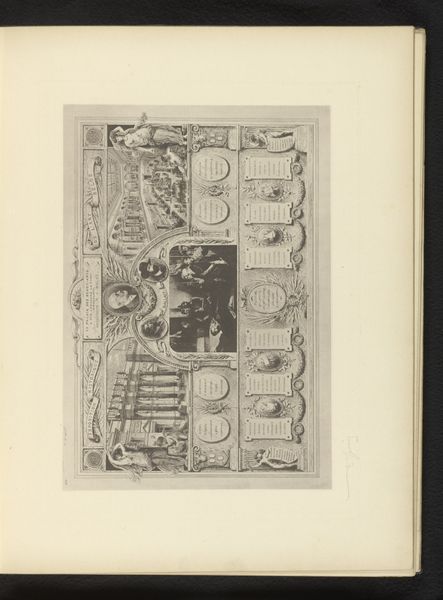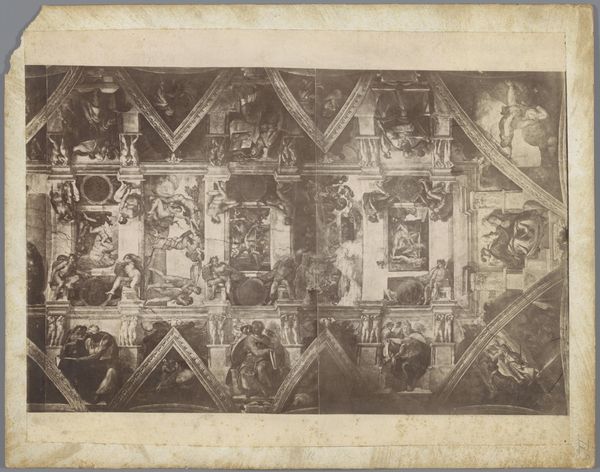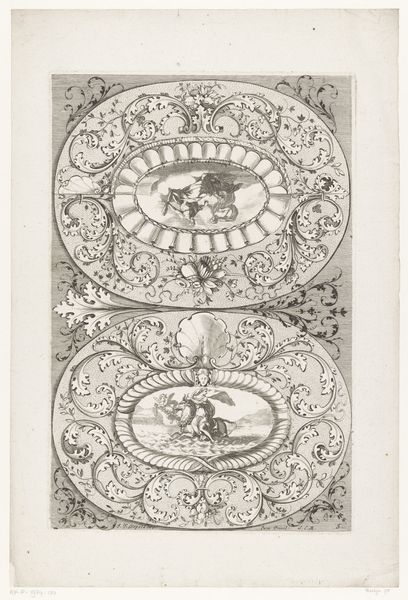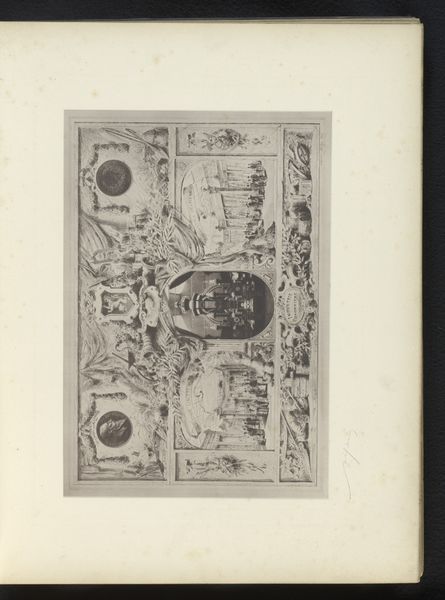
Fotoreproductie van een plafondschildering in de Galleria degli Uffizi te Florence, Italië 1856 - 1881
0:00
0:00
print, photography, albumen-print
#
pen drawing
# print
#
old engraving style
#
landscape
#
photography
#
history-painting
#
decorative-art
#
italian-renaissance
#
albumen-print
Dimensions: height 208 mm, width 275 mm
Copyright: Rijks Museum: Open Domain
Curator: What a marvel of intricate detail! Giacomo Brogi captured this fotoreproductie of a ceiling painting in the Galleria degli Uffizi in Florence sometime between 1856 and 1881 using the albumen print method. Editor: My neck already hurts just looking at it! I imagine craning up to admire that in person... It’s this swirling cosmos of classical figures and architectural doodads, all suspended in a sepia dream. Quite a Baroque ballet frozen in time. Curator: Indeed. Note the distribution of weight. While at first glance, the imagery may appear chaotic, a rigorous system of geometric divisions and contrasting forms stabilizes the whole. Observe how each vignette is carefully framed, echoing the larger structure. Editor: Echoes, yes! I'm picking up visual rhymes everywhere. See how the cherubs in the corners mimic those central figures, like mischievous children acting out scenes from above? There's a definite playful intelligence at work. Plus the muted palette, sepia like an old photograph or dream... feels wistful, maybe even slightly melancholy. Curator: Precisely. The albumen print enhances that sense of bygone grandeur. The contrast isn't merely tonal; it reflects a tension between the ostentatious display of power inherent in Renaissance art and the fading grip of that power as photographed by Brogi in the 19th century. The image transforms from artwork into a relic. Editor: Ah, a relic viewed by a relic! So much history layered here, even though the original ceiling is the 'main' art. This makes you wonder about how the original audience viewed the frescoes versus how someone in the 19th century experienced a black and white version. Curator: Exactly! This photographic rendering reframes the entire spectacle for a modern gaze, stripping it of its original color and immediacy but adding layers of temporal complexity to it. Editor: Well, I am now completely convinced that looking at the ceiling through Brogi’s eyes is a new and intriguing way to encounter Renaissance excess. Curator: Quite. By analyzing Brogi’s calculated choices, we unearth how art historical documents can have meanings which go far beyond just recording an original.
Comments
No comments
Be the first to comment and join the conversation on the ultimate creative platform.

